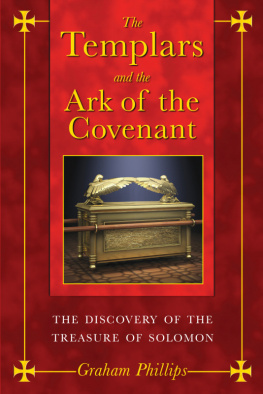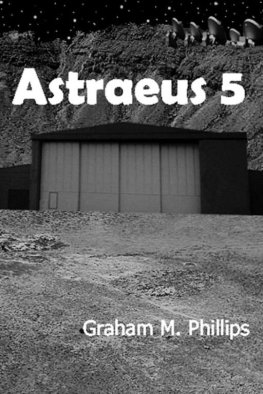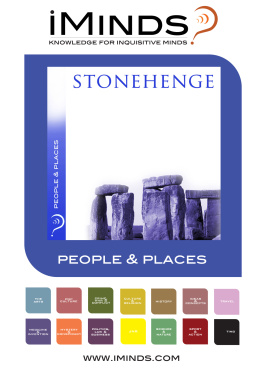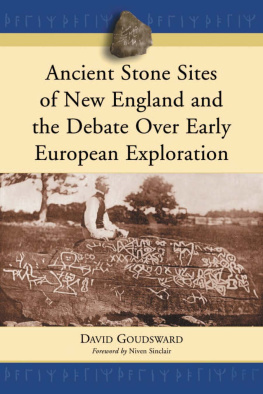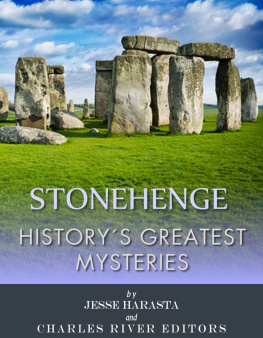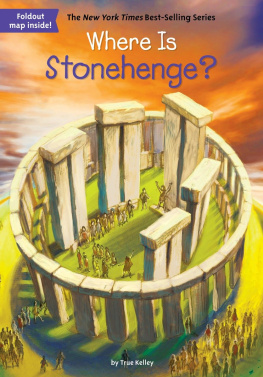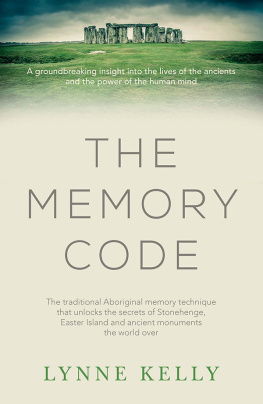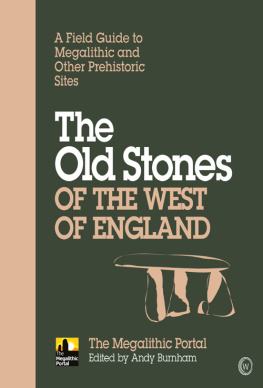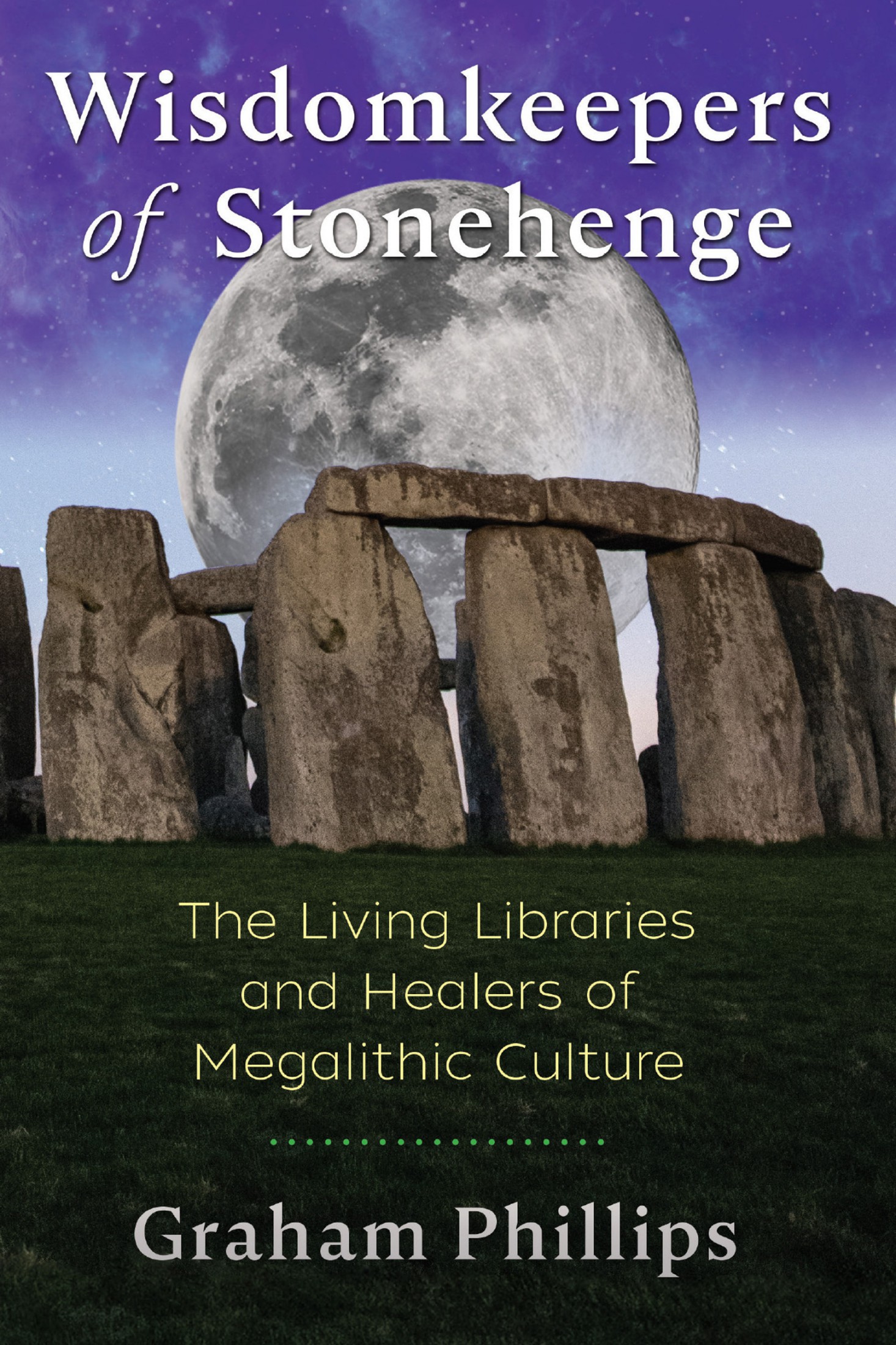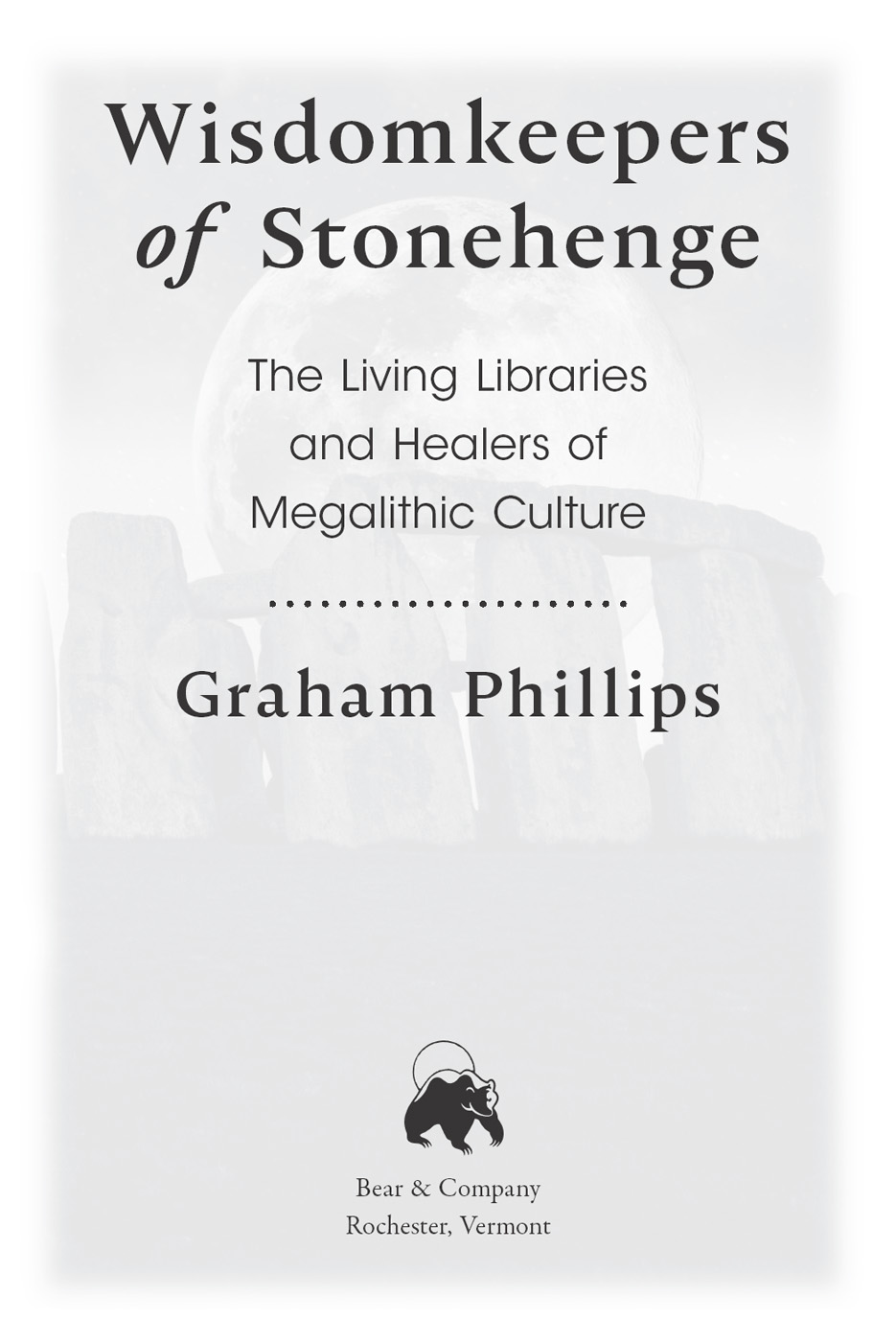
In loving memory of my mother, Joyce
Wisdomkeepers of Stonehenge

Astonishing yet highly convincing theory on the function of the megalithic monuments of Britain by one of the worlds most unique historical writers. Graham Phillips explains how our Neolithic and Bronze Age ancestors possessed an acute knowledge of medicine and healing practices, using the stone circles to enhance the cultivation of plant life. A must-read for everyone interested in the lost technologies of our ancient past.
ANDREW COLLINS, SCIENCE AND HISTORY WRITER AND AUTHOR OF DENISOVAN ORIGINS, THE CYGNUS KEY, AND GBEKLI TEPE
Imagine if Egypts Great Pyramid stood alone in the desert without any remaining evidence of the civilization that built it. This is the enigma of the magnificent stone circles of the British Isles. These ancient wonders are found from the extreme north on Scotlands Orkney Islands to Stonehenge in the south. Graham Phillipss deep research for his compelling Wisdomkeepers of Stonehenge pulls together all the pieces of one of humanitys most fascinating archaeological puzzles.
RAND FLEM-ATH, COAUTHOR OF THE MURDER OF MOSES AND ATLANTIS BENEATH THE ICE
Graham Phillips has always been noted for his meticulous historical research, depth of vision, and ability to follow the threads of a mystery throughout history.
NEW DAWN MAGAZINE
Acknowledgments
THE AUTHOR WOULD LIKE TO THANK the following people for their invaluable help: Deborah Cartwright for the wonderful photography; Yvan Cartwright for his fantastic IT support; Jodi Russell for extra research material; my researchers Maia Wille and Orion Wille; Sally Evans, Dave Moore, and Claire Silverman in helping with translations; and Jon Graham, Mindy Branstetter, Patricia Rydle, Kelly Bowen, and all the rest of the team at Inner Traditions.
An Enigma in Stone
STONEHENGE IS ONE OF THE MOST FAMOUS monuments in the world. Although it stands in isolated countryside in south-central England, miles from any major town, it is one of Britains most popular tourist sites, attracting more than a million visitors every year. It is also one of the most ancient. Around five thousand years old, it predates the Great Pyramids of Egypt by over four centuries. In fact, it predates even recorded history and the use of metal implements, making it both a prehistoric and a Stone Age construction. And above all, it is one of the most mysterious monuments in the world. Those who created it spent years toiling away with little more than animal horns, shaped rocks, dry bones, and their bare hands for tools. The time and effort thought necessary to have built Stonehenge is staggering. Archaeologists have estimated that the cutting, hauling, and erection of the stones for just the main part of the circle would have taken almost forty million work-hours and over ten thousand people toiling full time on the project for years on end, when the entire population of south-central England was only around thirty thousand. Stonehenge must have been of immense importance to those who made it, yet its purpose remains a mystery. Why did the ancient people of Britain go to such extraordinary lengths to construct this enigma in stone?
Remarkably Stonehenge was only one of thousands of stone circles erected throughout the British Islestogether with countless solitary standing stones, stone rows, huge earthen mounds, embankments, ditches, avenues, and other earthworksthat continued to be built and maintained for a period spanning over three millennia, between around 3100 BCE and the arrival of the Romans in Britain during the first century CE, and even longer in Ireland. Through this entire era the basic design of these various monuments remained consistent. This vast array of ancient constructions is just as enigmatic as Stonehenge itself. How was it possible for scattered settlements of peoplewho left no evidence of the infrastructure of civilization, such as buildings, roads, and cities, nor any indication of overall leadership, taskmasters, or central governmentto continue to create these monuments in unison for so long? If we hope to understand Stonehenge, it is essential to solve the enigma of this unique, enduring society. The mystery of Stonehenge cannot be solved if seen in isolation. We need to appreciate this baffling network of ancient monuments in its entirety. To start with, who built them?
Its common knowledge that the Great Wall was built by the Chinese, the Coliseum was built by the Romans, and Machu Picchu was built by the Incas. But who built Stonehenge? Ask even those who visit the site today, and most probably dont know, the reason being that the culture that created Stonehenge, and the myriad other monuments from Britain of the period, doesnt actually have a name. Technically speaking, the first of them were Neolithicmeaning Late Stone Agepeople. But so were much of the rest of the worlds population at the time. We know what many ancient cultures were called because they still survive, left written records, or their remote descendants preserve their knowledge. But no such evidence exists from the ancient British Isles. However, the stone-circle builders are often referred to as the Megalithic culture because of the monuments they left behind. The name comes from the word megalith, meaning large stone, specifically artificial standing stones such as those at Stonehenge. Although this is not an archaeological term for the culture, not one you will find in the official Stonehenge guidebook, it is certainly a convenient name and one well be using in this book. It should also be noted that a capital letter M is used when referring to the people who erected the monuments, as opposed to the lowercase m used when referring to the monuments themselves. Accordingly, the Megalithic people (or culture) were the main inhabitants of the British Isles around 3100 BCE, when the first stone circles were built and were those still using them when the practice ceased. The megalithic monuments, on the other hand, were the enigmatic constructions they left behind, be they made from stone, earth, or anything else. With that clarified, lets briefly consider the most renowned megalithic monument, Stonehenge itself, and appreciate just what an amazing accomplishment it was for the Megalithic people who built it. (We shall return to examine it in more detail as our investigation proceeds.)
Stonehenge once consisted of an arrangement of well over a hundred stones, up to more than 20 feet high and weighing as much as 50 tons each. They were quarried from rocky outcrops, cut to the desired shapes, hauled to where they were erected, and then heaved into position. Its outer circle was composed of thirty standing stones, each some 13 feet high, 7 feet wide, 3.5 feet thick, and weighing around 25 tons, spaced just over 3 feet apart. On top of them were placed thirty further 6-ton blocks10 feet long, 3 feet wide, and 2.5 feet thickcalled lintels, forming a continuous ring of rectangular arches 108 feet in diameter. (The tops of the lintels stood well over 15 feet above the ground.) This outer ring is known as the Sarsen Circle, named after the sarsen stone, a type of hard sandstone from which it was made. Immediately inside the Sarsen Circle was a simpler stone circle of about thirty smaller stones, averaging about 6 feet high, 3.5 feet wide, and 2.5 feet thick, and weighing an average of around 4 tons each. Known as the Bluestone Ringas it was constructed from a particular type of dolerite rock commonly called bluestone due to its slightly bluish tingeit was about 80 feet in diameter. The central arrangement of monolithsstanding stonesat Stonehenge was actually created in an open oval form. Called the Bluestone Horseshoe because of this shape, it was made from around twenty bluestones about the same size as those forming the Bluestone Ring and was some 35 feet across at its widest point. Between the oval and the circle of bluestones, there stood five massive arrangements of megaliths called trilithons. Each trilithon was formed from a pair of enormous upright sarsen monoliths, over 20 feet high and weighing up to 50 tons each, with a third sarsen stone, weighing around 8 tons, placed across the tops of them as a lintel to form a rectangular arch. As these trilithons were arranged in the same shape as the inner bluestones, this structure is known as the Trilithon Horseshoe and measured about 45 feet across. Close to the center of Stonehenge there lies a large rectangular stone. Weighing around 6 tons, this 6-footlong megalith now lies flat on the ground; it has been called the Altar Stone, although the name is misleading, as archaeologists believe that it originally stood upright as a single monolith. The scale of these stones is even more impressive when we realize that the height of the standing stones just given is not their full size: to keep the stones erect, about a third of each monolith needed to be buried below the ground. So the trilithon uprights, for instance, were well over 30 feet long.


